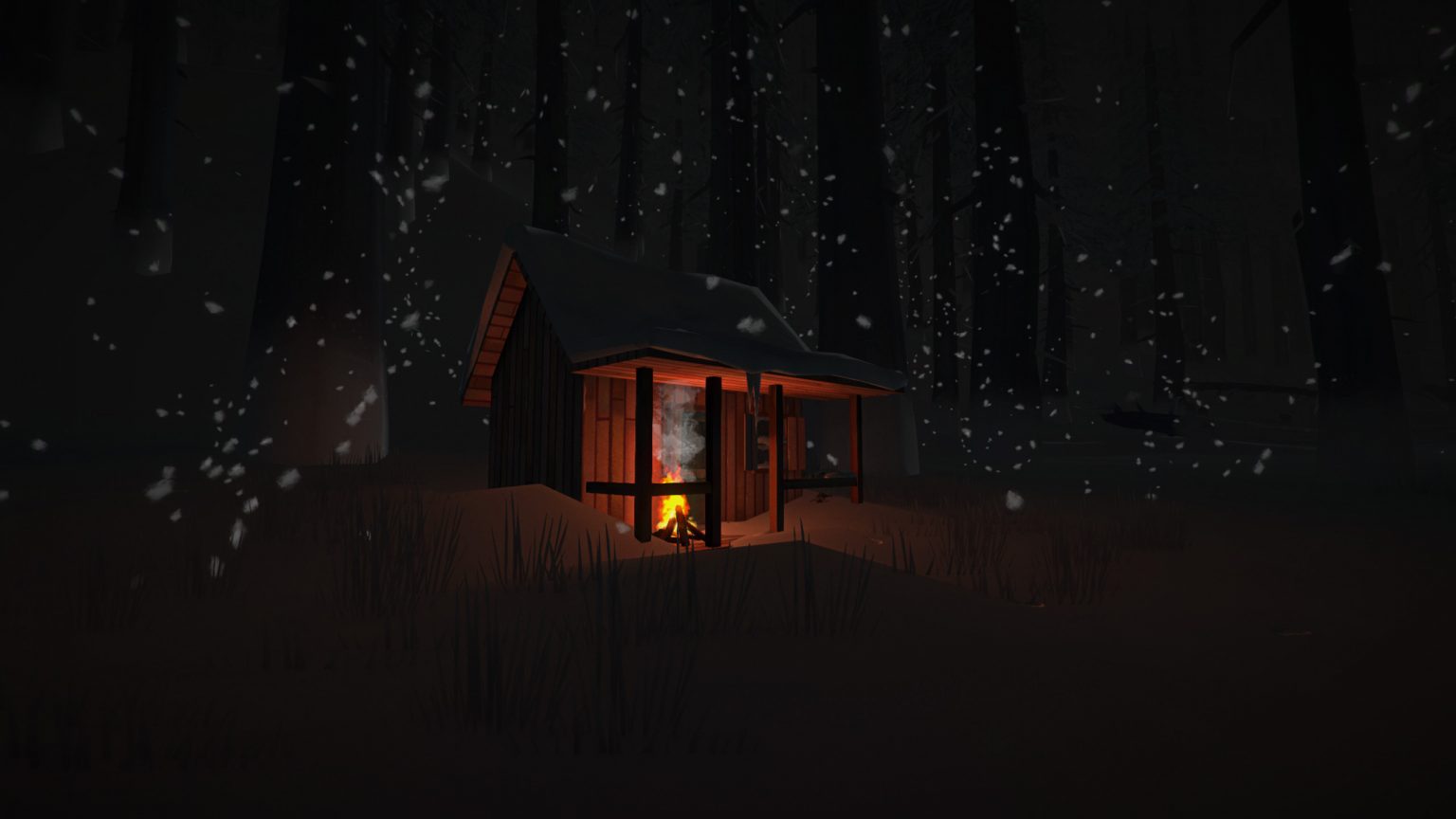
Cabin Fever The Long Dark
Cabin fever refers to the distressing claustrophobic irritability or restlessness experienced when a person, or group, is stuck at an isolated location or in confined quarters for an extended period of time.[1] A person may be referred to as stir-crazy, derived from the use of stir to mean 'prison'.[2]
Corel draw x7 crack download. A person may experience cabin fever in a situation such as being isolated within a vacation cottage out in the countryside, spending long periods underwater in a submarine, or being otherwise isolated from civilization. During cabin fever, a person may experience sleepiness or sleeplessness, have a distrust of anyone they are with, or have an urge to go outside even in adverse conditions such as poor weather or limited visibility. The concept is also invoked humorously to indicate simple boredom from being home alone for an extended period of time.[3]
The Long Dark is a big game, and it’s nearly impossible to know everything. That’s why today, I’m going to share with you seven things that you probably didn’t know about The Long Dark. Afflictions are conditions that can affect the player when playing The Long Dark. These effects are obtained through gameplay. Some of these are hazards that affect the player and must be treated, or the player will die. Some are less dangerous and might just be a.
Cabin fever is not itself a disease and there is no prognosis. However, related symptoms can lead the sufferer to make irrational decisions that could potentially threaten their life or the life of the group with whom they are confined. Some examples would be suicide or paranoia, or leaving the safety of a cabin during a terrible snow storm that one may be stuck in.[4]
Therapy[edit]

One therapy for cabin fever is as simple as getting out and interacting with nature directly. Research has demonstrated that even brief interactions with nature can promote improved cognitive functioning, support a positive mood, and overall well-being.[5] Escaping the confinement of the indoors and changing one's scenery and surroundings can easily help an individual experiencing cabin fever overcome their mania. Going outside to experience the openness of the world will stimulate the brain and body enough to eliminate feelings of intense claustrophobia, paranoia, and restlessness associated with cabin fever.[6]
There is little evidence of those suffering from cabin fever seeing therapists or counselors for treatment, most sufferers simply discuss their symptoms with family or friends as a way of changing the feelings of loneliness and boredom. However, there are cases of 'cabin fever' that are diagnosed as mid-winter depression[7] or seasonal affective disorder (SAD).[8]
In popular culture[edit]
The concept of cabin fever was used as a theme in Fyodor Dostoevsky's 1866 novel Crime and Punishment, Chaplin's 1925 film The Gold Rush, Stefan Zweig's 1948 novella The Royal Game, the 1980 horror film The Shining, The Simpsons episode 'Mountain of Madness', and the 2010 video game Alan Wake. In 2006, Runescape (an online mmorpg developed by Jagex) released an in-game quest titled 'Cabin Fever' [9]. A song called 'Cabin Fever' features in Disney's 1996 musical adventure comedy film Muppet Treasure Island, afflicting sailors on a ship trapped in the doldrums. The 2019 psychological horror film The Lighthouse depicts the story of two lighthouse keepers who start to lose their sanity when a storm strands them on the remote island where they are stationed.[10]
See also[edit]
| Look up cabin fever in Wiktionary, the free dictionary. |
References[edit]
- ^'Cabin fever'. Merriam Webster. Retrieved 2012-04-07.
- ^'Definition of stir-crazy Dictionary.com'. www.dictionary.com. Retrieved 2019-11-28.
- ^Ron Alexander (2004-02-03). 'Reports From the Bunkers, by Some Survivors; Homebound and Happy'. New York Times.
- ^Kehoe, J. P.; Abbott, A. P. (1975-02-01). 'Suicide and Attempted Suicide in the Yukon Territory'. Canadian Psychiatric Association Journal. 20 (1): 15–23. doi:10.1177/070674377502000104. ISSN0008-4824. PMID1122468.
- ^Berman, Marc G.; John Jonides; Stephen Kaplan (2008-02-18). 'The Cognitive Benefits of Interacting With Nature'(PDF). Psychological Science. 19 (12): 1207–1212. CiteSeerX10.1.1.514.3676. doi:10.1111/j.1467-9280.2008.02225.x. PMID19121124.
- ^Rosenblatt, Paul C.; Anderson, Roxanne Marie; Johnson, Patricia A. (June 1984). 'The Meaning of 'Cabin Fever''. The Journal of Social Psychology. 123 (1): 43–53. doi:10.1080/00224545.1984.9924512. ISSN0022-4545.
- ^Christensen, Russ; Dowrick, Peter W. (1983). 'Myths of mid-winter depression'. Community Mental Health Journal. 19 (3): 177–186. doi:10.1007/bf00759551. ISSN0010-3853.
- ^Rohan, Kelly J. (September 2008), 'Symptoms, Prevalence, and Causes of SAD', Coping with the Seasons: Workbook, Oxford University Press, pp. 7–16, doi:10.1093/med:psych/9780195341379.003.0002, ISBN9780195341379
- ^'Cabin Fever'. RuneScape Wiki. Retrieved 2020-03-29.
- ^Jolliffe, Tom. 'When Cabin Fever Strikes: The Lighthouse and The Shining Double Bill'. Flickering Mith.